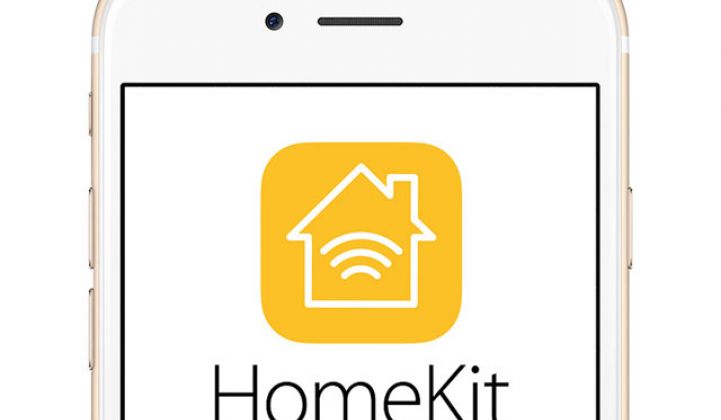Apple didn’t unveil much additional information about the HomeKit platform at its Worldwide Developer Conference (WWDC) on Monday, but promised it will work with a range of yet-to-be-announced devices.
The first few devices certified to work with Apple HomeKit hit the store shelves starting last week, and consumers are now getting a first glimpse as to how the Apple connected-home platform will operate.
First, consumers will have to download an app for the accessory they purchased and enter a setup code. Once the device is linked, customers can give Siri commands, such as “Set the temperature to 72” or “Turn off the lights downstairs.”
Once customers have purchased multiple devices, they can group them into rooms, levels, various homes or scenes.
During WWDC, Craig Federighi, SVP of software engineering at Apple, said that HomeKit will support an array of devices, from sensors and home-monitoring devices to smart window shades and digital thermostats, “all from the cloud.”
However, to control devices when you’re away from home, it appears you will need a third-generation (or later) Apple TV. The Apple TV will serve as the network hub in the home to communicate with the devices over Wi-Fi.
If you’re at your office, for instance, you would tell Siri to turn off your lights. That command would go through the iCloud servers and to the Apple TV to your connected lights from manufacturers such as Philips or Lutron. For those who are skeptical about the idea of having Siri interpret commands to control their homes, Federighi noted that Apple had reduced Siri’s rate of word recognition errors by 40 percent in iOS 9.
The limitation of having an Apple TV could be a deal-breaker for some consumers, especially as the appeal of the connected home is often pitched as the convenience of turning off lights or adjusting thermostats once you’re out of the house for the day.
Individual devices, such as smart thermostats, can often already be controlled remotely through their own apps with no additional hardware. And while there will likely be various manufacturers working with HomeKit in the next year, the initial rollout has been slow, in part because certification has been complicated, according to a report in Fortune. Some consumers are upset that they have to buy entirely new products in order to integrate with HomeKit.
“Customers want continued upgrades, but sometimes when upgrades happen, you have to swap out your old device for a new device to get the upgrade functionality," ecobee co-CEO Stuart Lombard told Fortune.
Many consumers are just getting acquainted with the connected home, so the first-generation functionality of HomeKit may be enough. Or, they may find the apps that come with the single device they purchased, such as a smart thermostat, are sufficient without HomeKit.
Other consumers who have already paid for smart-home platforms through alarm companies or other service providers will likely expect a seamless experience that any other vendor, including Apple, will need to be able to offer right away.
***
To learn more about third-generation home energy management and what it means for vendors and utilities, register here to join GTM at Grid Edge Live June 24-25 in San Diego.



